High Water Marks
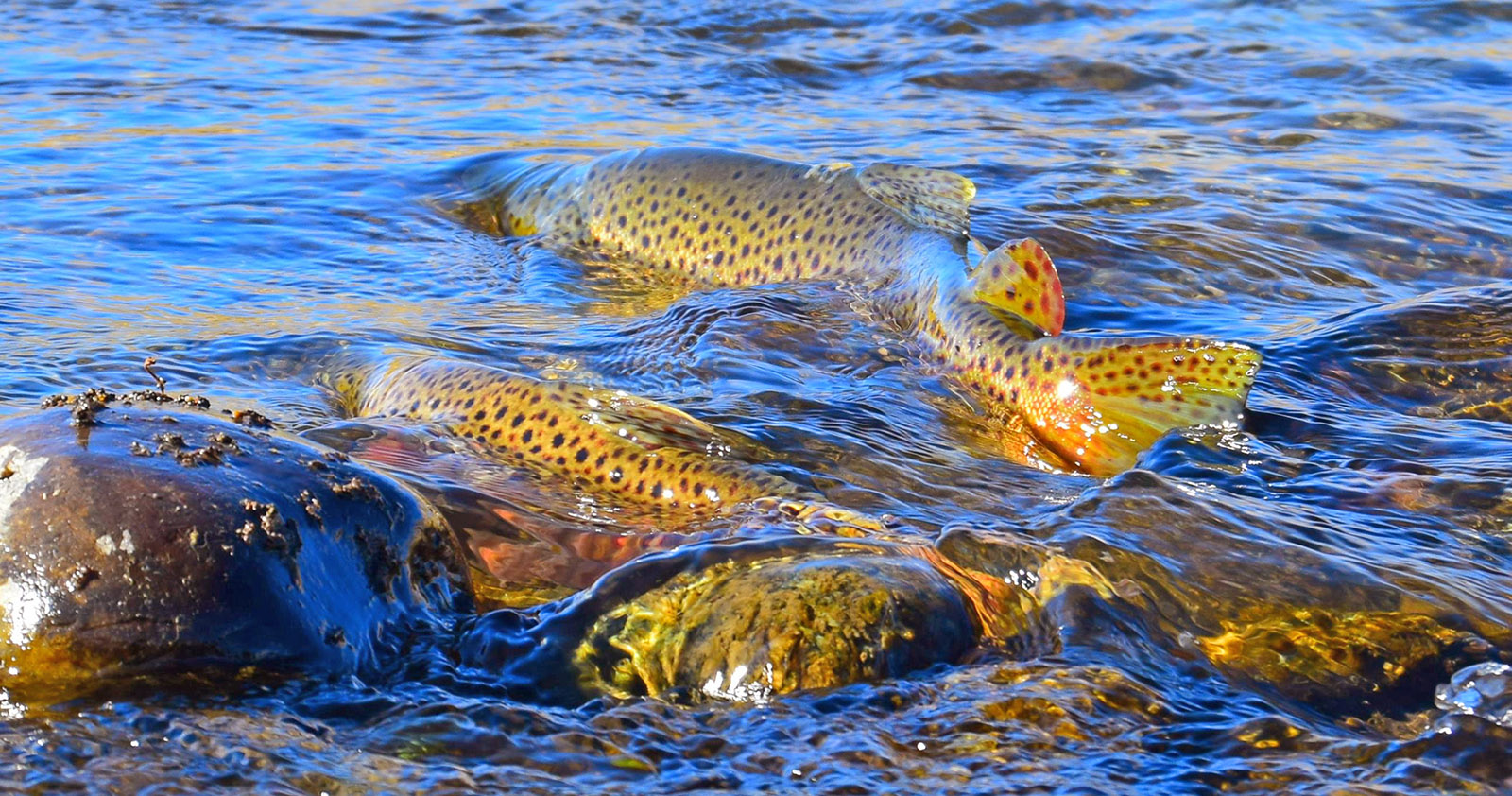
by Leah Veress
How one volunteer organization is working to restore coldwater fisheries.
Each year for the past three decades, volunteers scatter like windblown mayflies across the lower Madison River for the annual Madison-Gallatin Trout Unlimited (MGTU) end-of-summer river cleanup. As their bags fill with garbage, their memories fill with stories shared by friends—old and new—about time spent on the water. While the cleanup is one of the most visible traditions of MGTU, decades of quiet, persistent work lie behind this explicit day of community stewardship.
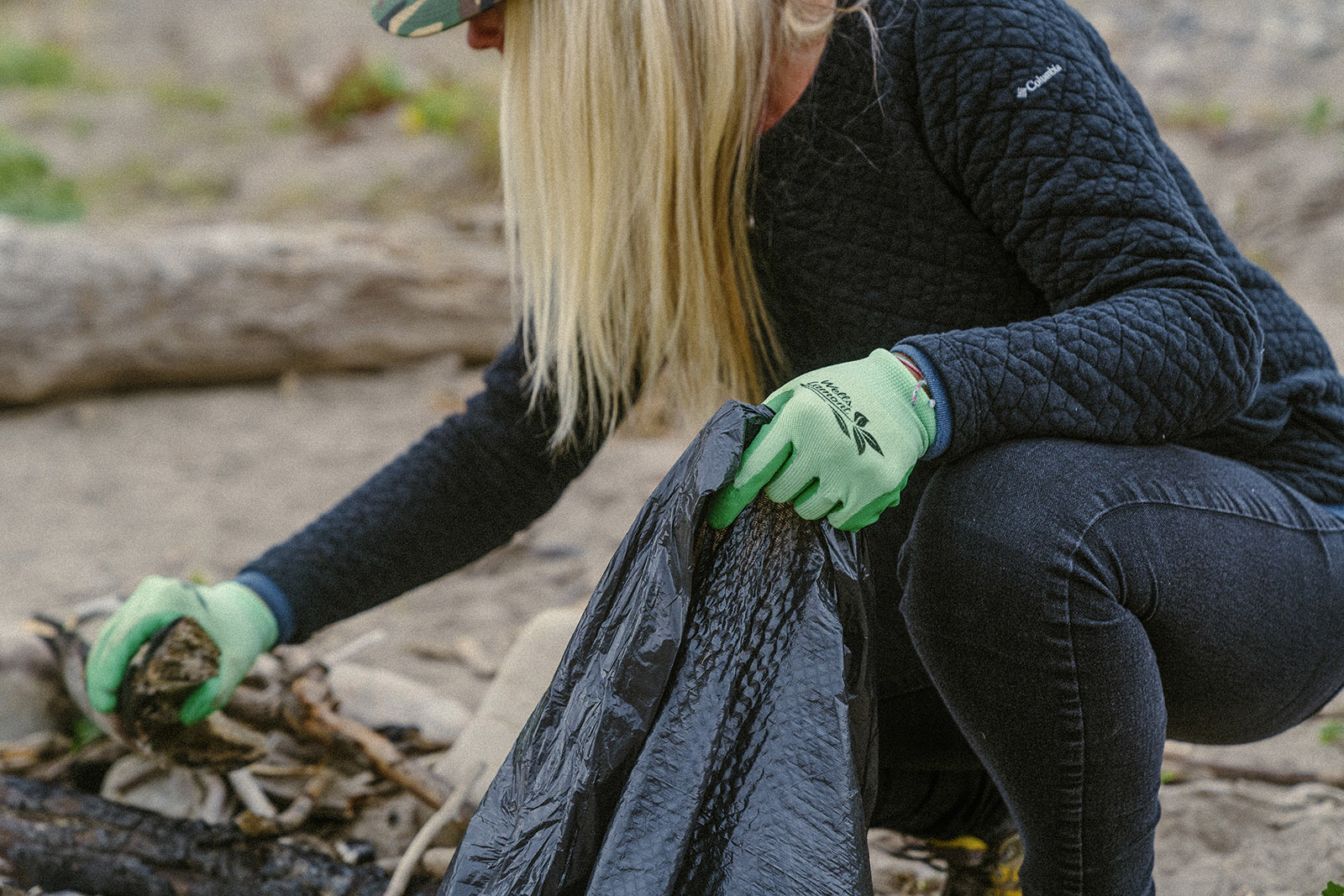
MGTU was born out of the conservation movement of the 1960s, less than a decade after Trout Unlimited’s national founding in Grayling, Michigan. At the time, Montana’s rivers were seen as pristine, crystalline strongholds of coldwater fisheries. But even in the ’60s, a handful of anglers and conservationists saw the writing on the wall and recognized the increasingly important role of conservation work in the Big Sky state. In 1968, a quintet of concerned anglers—Bud Lilly, Dan Bailey, Pat Sample Halterman, Bud Morris, and John Peters—organized the Madison-Gallatin chapter with a determination to ensure the state’s rivers and trout populations remained healthy for future generations.
As the chapter approaches its 60th anniversary, that early vision has evolved. “Now our focus is working with, rather than competing with, the rapid development happening in some of the larger population centers like Bozeman,” explains Andy Moore, MGTU’s president. “We can’t do anything to stop the population growth, but we can monitor the rivers, their usage, and identify stretches and critical habitat to conserve.”
But even in the ’60s, a handful of anglers and conservationists saw the writing on the wall and recognized the increasingly important role of conservation work in the Big Sky state.
Today, MGTU’s biggest challenges center around balancing recreation with ecological health and navigating water-use conflicts in a state whose rivers are busier than ever.
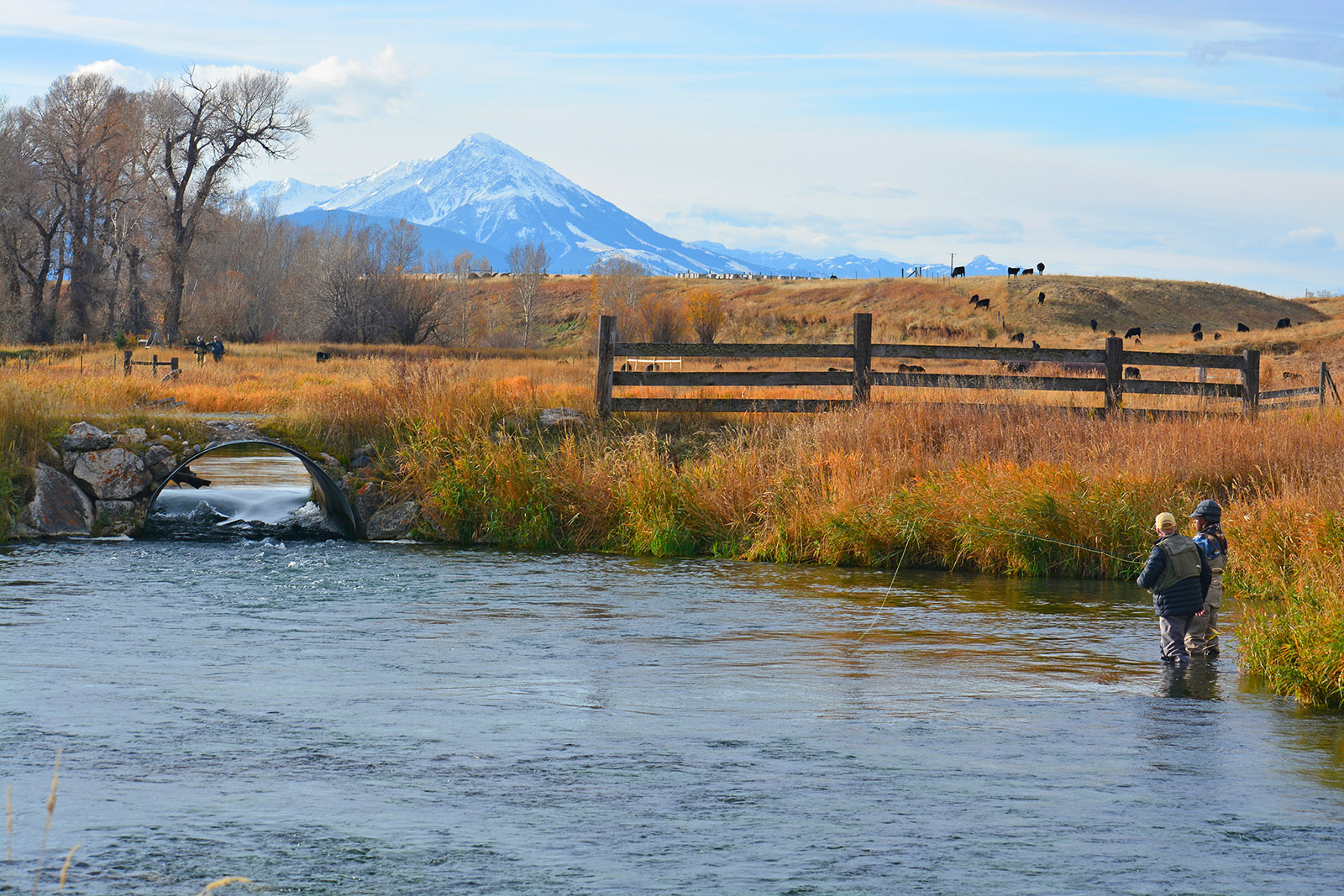
The chapter’s mission is straightforward: conserve, protect, and restore coldwater fisheries in southwest Montana. Carrying it out, however, requires resources, expertise, and persistence.
For most of its history, MGTU has been entirely volunteer-run. But about seven years ago, the board made a pivotal decision to fund a local, full-time project manager. Moore explains that having an on-the-ground project manager to help identify issues and prioritize efforts has been instrumental in helping MGTU establish budgets and execute projects. Today, Ashley Brubaker, the Upper Yellowstone Project Manager, helps manage conservation work in the Madison, Gallatin, and Yellowstone drainages.
“Having a professional on the ground is a game-changer,” Moore explains. “Our board members come from all kinds of volunteer backgrounds. Ashley brings the technical knowledge to make sure our decisions are informed and our projects are effective.”
MGTU’s current work spans a wide spectrum—from large-scale habitat restoration to small but critical stream improvements—many of which focus on facilitating coldwater flows through tributaries. Cold water is essential to maintaining healthy trout populations as cooler water holds more oxygen, which is critical to a trout’s survival.
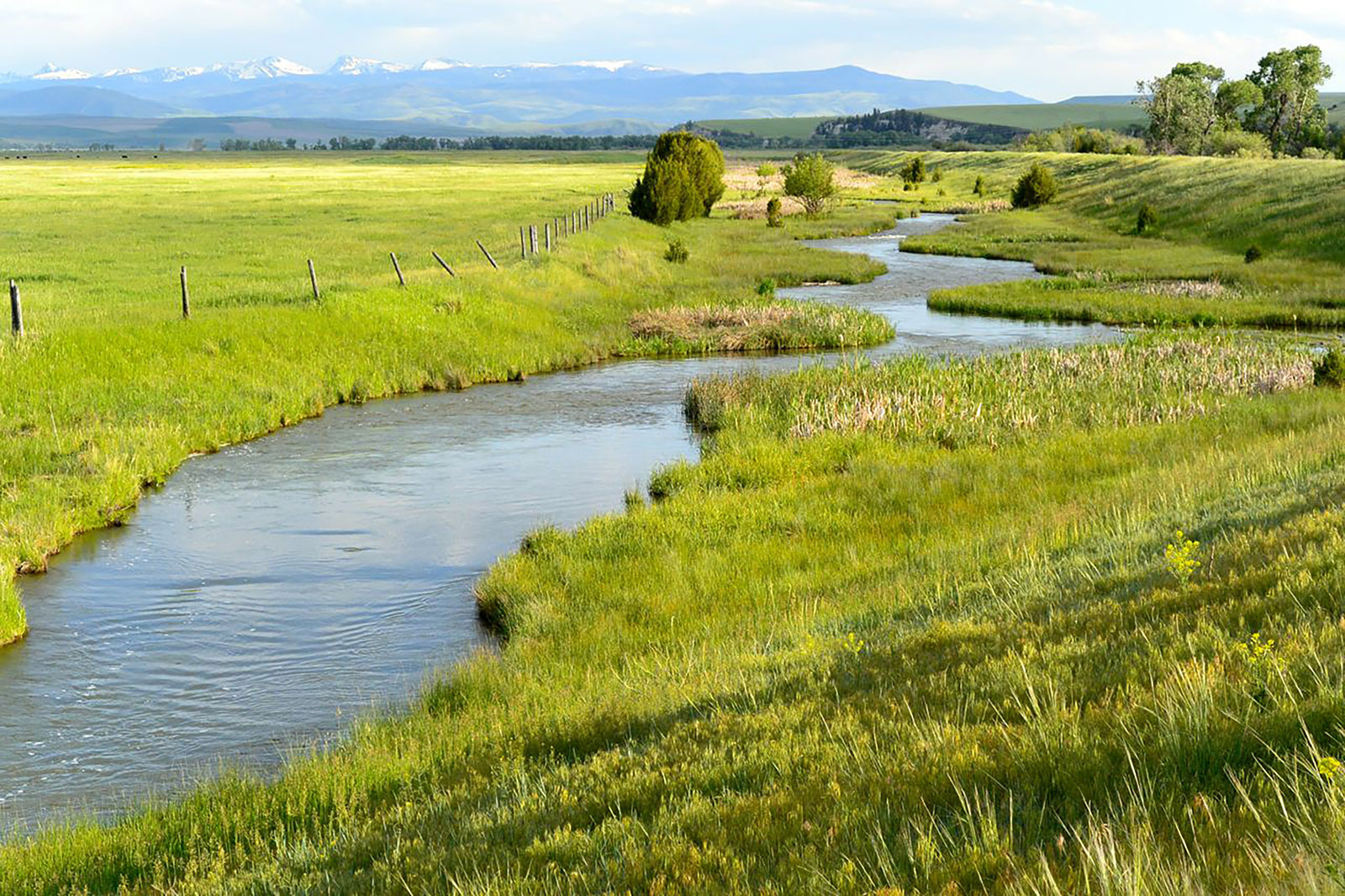
One of the chapter’s current projects is the Dry Creek Restoration, a decade-long effort to reshape large, eroding streambanks and restore coldwater flows to the East Gallatin. MGTU recently entered the third phase of the project, which involved restoring native riparian vegetation that shades and cools the water.
“It’s the kind of work where you don’t always see results overnight. But five, ten, twenty years down the line, we hope these streams will be healthier, colder, and more resilient.” — Andrew Moore
The Mill Creek Restoration in Paradise Valley focuses on one of the most important cutthroat habitats in the Yellowstone drainage, rerouting stream channels to effectively keep cold water in place for longer. In Bozeman, the Mandeville Creek Enhancements involve installing 83 beaver-dam analogs and planting riparian vegetation to cool waters and improve fish habitat.
The list of current and future projects is expansive, and each one reflects a long-term investment in Montana’s tributaries, which make up critical trout habitat. “It’s the kind of work where you don’t always see results overnight,” Moore says. “But five, ten, twenty years down the line, we hope these streams will be healthier, colder, and more resilient.”
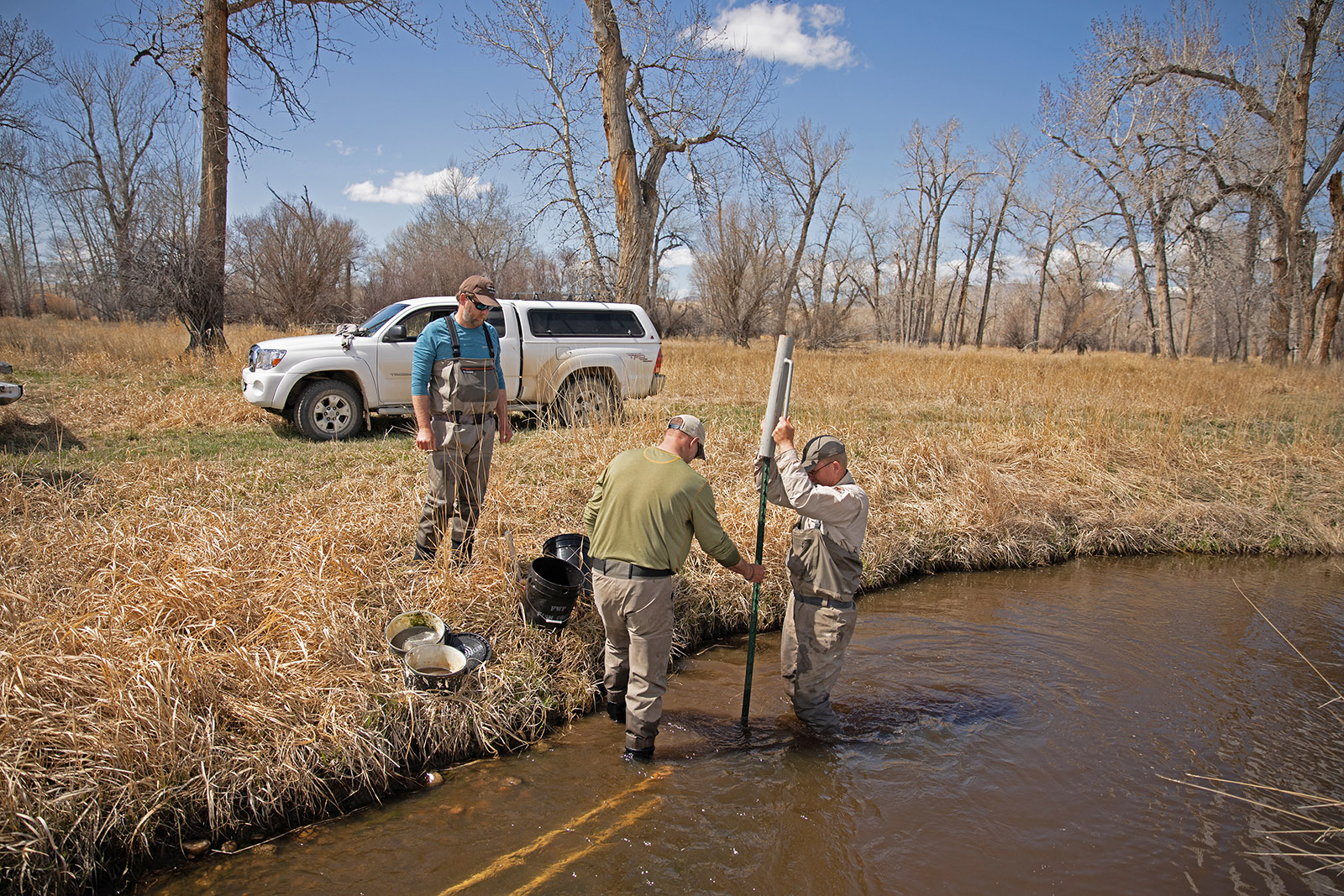
While restoration projects form the backbone of MGTU’s work, education ensures the mission is carried forward. The chapter currently operates a “Trout in the Classroom” program in nine Gallatin Valley schools, from elementary through high school. Students raise trout from eggs in classroom tanks, learning firsthand about the life cycle of coldwater species before releasing the fry into local waters. “It’s not just science education,” Moore explains. “It’s stewardship. These kids get to see—in real time—just how fragile and resilient these fish are. It sticks with them.”
Additionally, MGTU hosts monthly public meetings from October through May, which provide additional opportunities for education and outreach. Featuring conservation updates, guest speakers, and even fishing-destination presentations, the meetings are open to everyone. “We always say—if you like being outside, if you care about water, there’s a place for you with MGTU.”
One of those places is the Service Partnership Program, a joint effort with the Montana State University Veterans’ Club and the local Project Healing Waters chapter, which provides veterans, first responders, and their families with outings and fly-fishing education that promote conservation.

As MGTU approaches six decades of conservation and advocacy, their efforts are more important than ever. Between conservation projects, community events, and outreach, it takes a lot of hands and time to keep the chapter’s critical work moving forward.
Whether it’s cleaning up trash along the river or popping in at a meeting, MGTU is always looking for helping hands and smiling faces. “It’s the best way to make a tangible impact on local fisheries,” says Moore. “Whether you’re planting willows, helping at the banquet, or just showing up for a river cleanup, you’re leaving something better than you found it.”
Whether it’s cleaning up trash along the river or popping in at a meeting, MGTU is always looking for helping hands and smiling faces
As Montana’s rivers face increasing pressure, that ethic of stewardship—hands in the dirt, waders in the water—remains the heart of MGTU. After all, as every angler knows, a healthy river is never guaranteed. It must be fought for, season after season, generation after generation. And it’s not only a resource that anglers treasure, but one that we all depend on.
